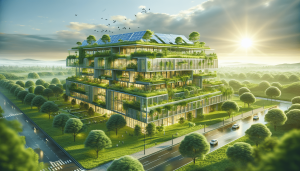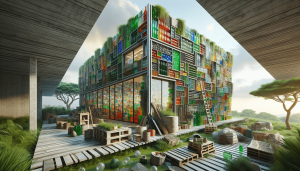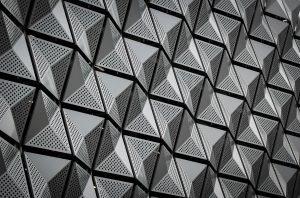In “The Role of Insulation in Green Buildings,” we explore the immense value that proper insulation brings to environmentally-friendly construction. Insulation is crucial in reducing energy consumption, maintaining indoor comfort, and minimizing our carbon footprint. By utilizing advanced insulation materials and techniques, we can enhance the efficiency of our buildings, significantly lower heating and cooling costs, and contribute to a more sustainable future. Let’s delve into how insulation plays a pivotal role in creating green buildings that are both eco-friendly and economically smart. Have you ever wondered what the role of insulation is in green buildings? As we embark on the journey toward a sustainable future, the importance of green buildings becomes ever more evident. One critical component in constructing these eco-friendly structures is insulation. It might seem like a small piece of the puzzle, but its impact on energy efficiency and environmental conservation is substantial.
Understanding Insulation
Before diving into its role in green buildings, let’s get a clear picture of what insulation actually is. Insulation materials are designed to reduce heat flow by either reflecting thermal radiation or by decreasing thermal conductivity. These materials come in various forms, such as fiberglass, foam, cellulose, and even natural products like wool and cotton.
Types of Insulation
Let’s take a look at the most common types of insulation used in green buildings and their unique properties.
| Type | Description | Application Areas |
|---|---|---|
| Fiberglass | Made from fine glass fibers | Walls, floors, ceilings |
| Foam | Includes spray foam and rigid foam boards | Walls, roofs, and floors |
| Cellulose | Made from recycled paper products | Walls and attics |
| Natural | Includes wool, cotton, and cellulose from natural fibers | Various applications based on material |
Each type of insulation has its specific advantages and suitable applications, which is why it’s essential to choose the right kind for a given project.
The Role of Insulation in Energy Efficiency
Energy efficiency is a cornerstone of green building practices. An efficiently insulated building consumes less energy for heating and cooling, leading to reduced utility bills and lower environmental impact.
Thermal Resistance (R-Value)
The efficiency of insulation is often measured by its R-value, which indicates its resistance to heat flow. The higher the R-value, the better the insulation’s effectiveness. Different regions and climates might require varying R-values, so it’s essential to select the appropriate insulation for optimal energy conservation.
Reducing Heat Loss and Gain
Insulation plays a critical role in reducing heat loss during winter and heat gain during summer. By maintaining a consistent indoor temperature, insulation relieves the load on HVAC systems, making them more effective and preserving energy.

Environmental Benefits of Insulation
Green buildings aim to minimize their environmental footprint, and insulation helps achieve this goal in several ways.
Lowering Carbon Emissions
By cutting down on the energy needed for heating and cooling, well-insulated buildings contribute to a significant reduction in carbon emissions. This is vital for combatting climate change and ensuring a healthy planet for future generations.
Reducing Resource Consumption
Traditional energy sources, such as fossil fuels, are limited and environmentally taxing to extract and consume. Through the use of insulation, the demand for these resources drops, promoting more sustainable consumption patterns.
Sustainable Insulation Materials
Many modern insulation materials are crafted from recycled or renewable resources. For instance, cellulose insulation is predominantly made from recycled paper, while cotton insulation often comes from recycled denim. By choosing such products, we further enhance the sustainability of our buildings.
Financial Benefits of Insulation
The advantages of insulation aren’t confined to environmental perks. Homeowners and businesses also enjoy significant financial benefits from proper insulation.
Lower Energy Bills
One of the most immediate financial advantages is the reduction in energy bills. With less energy required for heating and cooling, monthly utility expenses can drop considerably.
Increased Property Value
Insulated green buildings often see a higher market value. Prospective buyers and tenants recognize the long-term savings and comfort provided by insulated structures, making them more attractive in the real estate market.
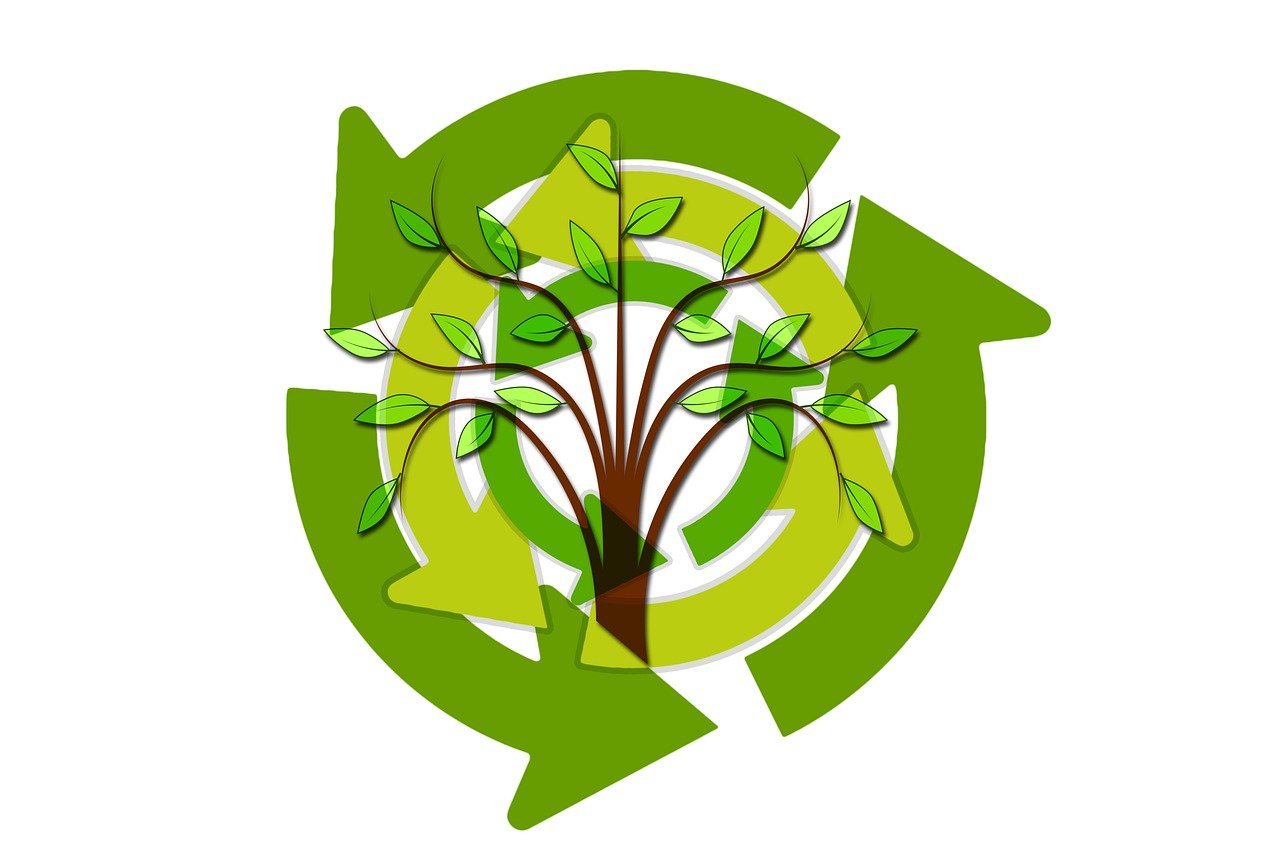
Health and Comfort Benefits
Green buildings aim to provide a comfortable and healthy living environment. Insulation significantly contributes to these objectives.
Improved Indoor Air Quality
Insulation helps prevent the intrusion of outdoor pollutants, such as dust, pollen, and smog, into indoor spaces. This leads to a healthier indoor environment, reducing the risk of respiratory problems and allergies.
Acoustic Insulation
Beyond thermal benefits, some insulation materials also offer soundproofing advantages. This enhances the living experience by minimizing noise pollution from external sources, creating a quieter and more peaceful interior.
Consistent Indoor Temperature
Proper insulation reduces temperature fluctuations, maintaining a consistent and comfortable indoor climate throughout the year. This stability is crucial for comfort and overall well-being.
Installation and Maintenance
To reap the full benefits of insulation, proper installation and maintenance are vital.
Installation Best Practices
When installing insulation, certain best practices should be followed:
- Proper Coverage: Even, comprehensive coverage is essential. Any gaps or voids can diminish the effectiveness of the insulation.
- Moisture Barrier: Incorporating a moisture barrier can prevent potential issues such as mold and dampness, which can compromise both the structure and the health of occupants.
- Professional Installation: For optimal results, it’s often recommended to have insulation installed by professionals who understand the intricacies of the materials and techniques.
Regular Maintenance
Over time, the effectiveness of insulation can degrade. Regular inspections can identify issues such as settling, moisture damage, or pest infestation. Proper maintenance ensures the longevity and continued performance of the insulation.

Innovative Insulation Technologies
The realm of insulation is continually evolving, with new technologies and materials emerging to further enhance efficiency and sustainability.
Aerogel Insulation
Aerogels are among the most effective thermal insulators available, boasting extremely low thermal conductivity. Despite their high cost, they are increasingly being used in specialized applications where maximum insulation with minimal space is required.
Vacuum Insulation Panels (VIPs)
VIPs provide excellent thermal resistance thanks to their evacuated core. They offer high R-values in a much thinner profile compared to traditional materials, making them ideal for space-constrained applications.
Phase Change Materials (PCMs)
PCMs absorb and release thermal energy during phase transitions, helping to regulate indoor temperatures. These materials can be incorporated into building materials to enhance thermal comfort and reduce energy use.
Case Studies: Insulation in Action
Let’s look at some real-world examples of how insulation has dramatically improved the performance and sustainability of green buildings.
The Bullitt Center, Seattle
The Bullitt Center is often hailed as one of the greenest commercial buildings in the world. It features significant insulation measures, including triple-glazed windows and an advanced envelope that minimizes heat loss and gain. These elements contribute to its net-positive energy performance.
The Edge, Amsterdam
The Edge is a highly sustainable office building known for its innovative use of technology and materials. Its advanced insulation systems help it achieve outstanding energy efficiency, significantly lowering operating costs and environmental impact.
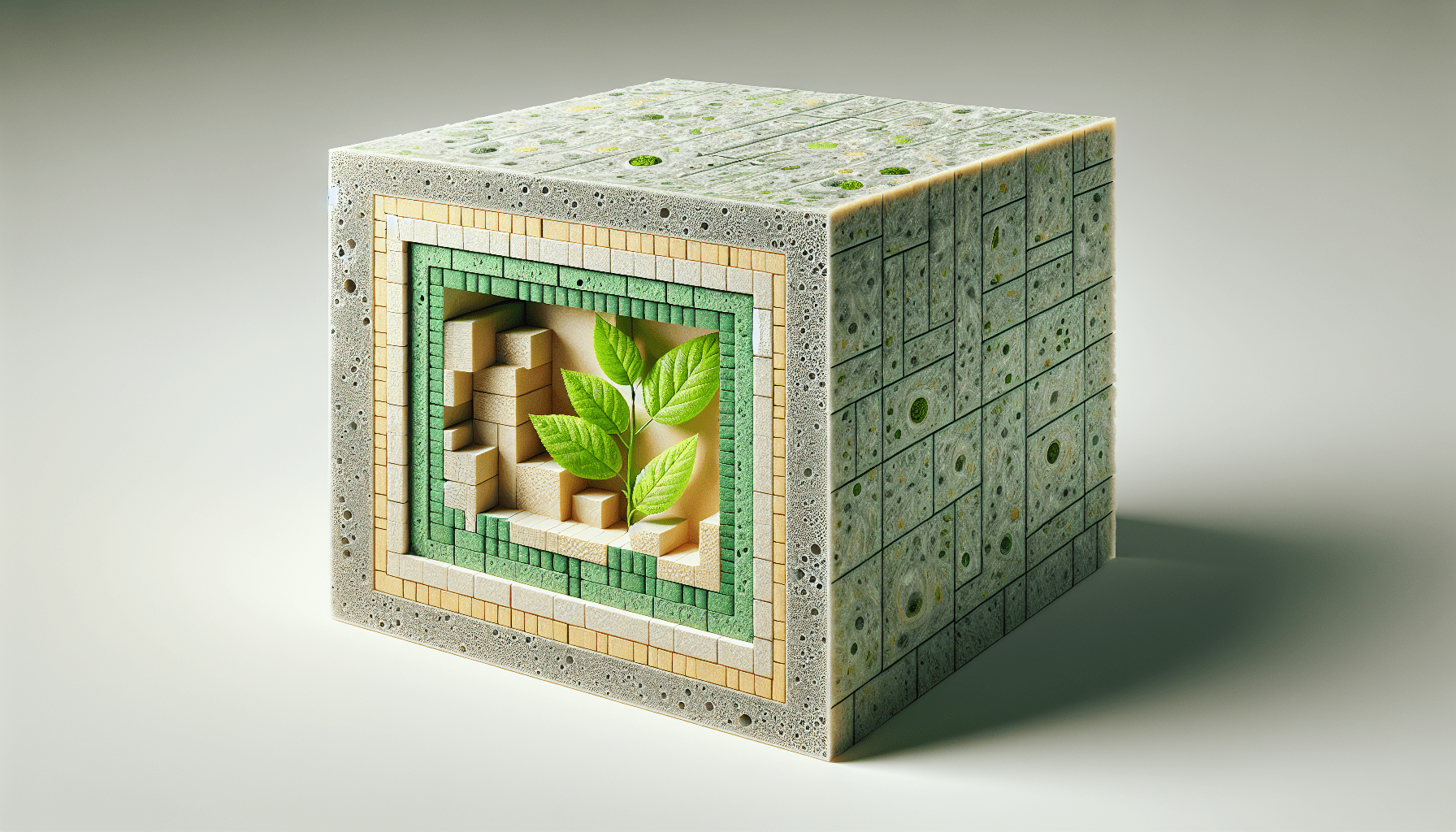
The Future of Insulation in Green Buildings
As the demand for green buildings continues to rise, the future of insulation looks promising.
Advances in Sustainable Materials
Research and development efforts are continuously uncovering new, more sustainable insulation materials. Innovations such as bio-based foams and recycled content fibers are likely to become more mainstream, reducing the environmental footprint of construction further.
Integration with Smart Building Systems
Future insulation technologies may increasingly integrate with smart building systems. For example, sensors embedded within insulation could provide real-time data on energy performance and structural health, allowing for proactive maintenance and optimization.
Policy and Regulation
Governments around the world are implementing stricter building codes and energy standards. This regulatory push is likely to drive further adoption of high-performance insulation materials and techniques, making green buildings the standard rather than the exception.
Conclusion
Insulation plays an integral role in the success of green buildings. From energy efficiency to environmental sustainability, from financial savings to improved health and comfort, the benefits are multifaceted and substantial. As we look to the future, innovations in insulation technology and materials will continue to shape the landscape of sustainable construction, helping us build a greener, healthier world for generations to come.
By investing in proper insulation, we are not just enhancing our buildings; we are making a conscious choice to protect our planet and ensure a sustainable future. And that is a cause worth supporting.

